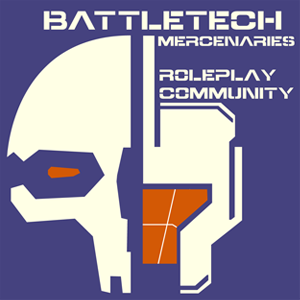Hyperpulse Generator
Sarna News

- HEXTECH Review - Wave 3 Brings More Urban Options To Your Battlefield
- Your BattleTech News Round-Up For March, 2024
- Crashing 'Mechs With Jennifer Brozek, Author Of The Rogue Academy Trilogy
- Getting The Word Out With Rem Alternis, Catalyst Community & Marketing Director
- Bad 'Mechs - Yeoman
- Read more →
The HyperPulse Generator (HPG) arrays are based on numerous worlds all across the Inner Sphere. ComStar owns and operates these, collecting payment from those who wish to transmit messages. The FTL devices are the primary means of interstellar communications, and ComStar has a virtual monopoly on their usage.
However, following the schism of the Word of Blake from ComStar after the Battle of Tukayyid, HPG technology has slowly begun disseminating to the states of the Inner Sphere, with ComStar itself accepting money to help fund the creation of new stations.
As transmission is expensive, messages are frequently bundled into batches of hundreds, sent simultaneously. So, while the transmission of HPG array messages is done nearly instantaneously, it may be days, weeks, or months before a message is sent; one can pay a higher fee in order for "priority service". The maximum range of an HPG pulse is 50 light-years.
Transmission stations are categorized by a rating, either A, B, C, or D. Most stations in the Inner Sphere are class A or B stations, meaning that they transmit regularly and have high volume capacity. Class C and D stations are more often seen in the periphery or in backwater worlds, and they only transmit once a week or month, sending a few batched messages. In more recent fiction, there are only Class A and B HPG stations, with C and D possibly representing the smaller, portable units used by ComStar under contract or by ComGuard and Word of Blake military units. Here, Class A HPG's serve as regional hubs while Class B units serve off the Class-A network.
The transmission itself is a variant of the jump drive. The system effectively allows a radio transmission to travel through hyperspace for distances of fifty light years. The transmission cannot be bidirectional due to the manner that jump space works, but if two HPGs are used to establish a connection, one can receive transmissions and the other can send them, effectively bootstrapping a bi-directional comm system. This was first seen in the years leading up to the FedCom civil war, when the Archon subsidized construction of more HPG centers to allow real-time communications between New Avalon and Tharkad; effectively across the entire Inner Sphere.
During the Fourth Succession War, Comstar enacted a communications interdiction against the Federated Suns, attempting to halt their aggression. The Federated Suns appeared to still carry on after a fashion, because they apparently fashioned their own hyperpulse generator network, albeit inferior to the Comstar-monopolized network.
In the Dark Age novels, roughly 3/4 of the Inner Sphere's hyperpulse generators were nearly simultaneously destroyed, crippled, or in some other way damaged. Approximately 80% of the A circuit and a large portion of the B circuit were rendered inoperable by a computer virus which used a message cascade to burn out the HPG's transmission core. HPGs with components immune to this virus were attacked by forces unknown. It is unknown why or by whom this was done, but the actions crippled communications. Many important messages are now relayed via "pony express" dropship to planets without a working HPG. Planets with a working HPG have become much more important. This attests to the value of HPG's in the BattleTech Universe.
The text in this article is based on this revision of the Wikipedia article "BattleTech_technology#Hyperpulse_generators" used under the terms of the GNU Free Documentation License. See the BattleTechWiki's copyright notice.

